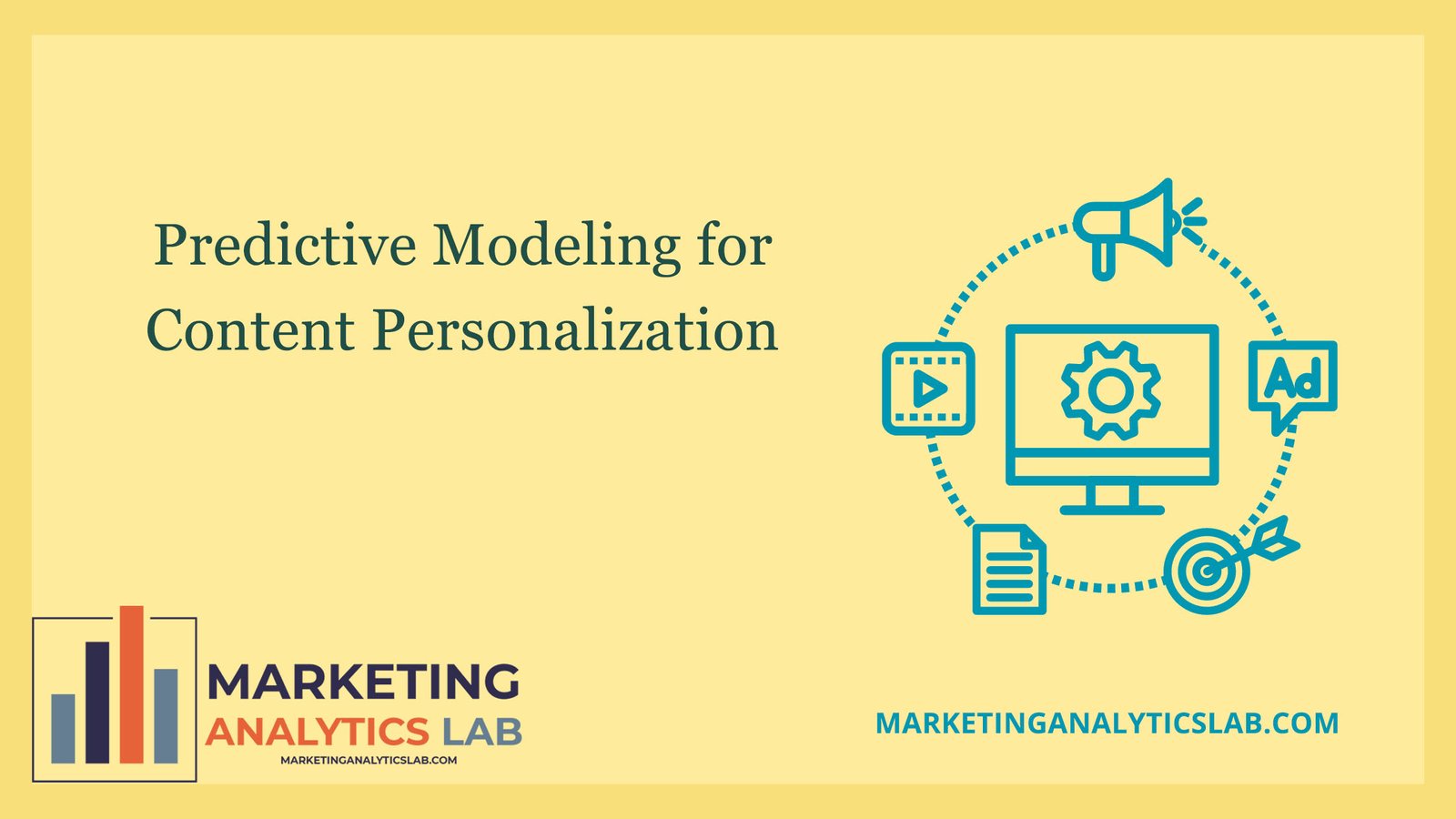Introduction to Predictive Modeling for Content Personalization
Predictive modeling for content personalization is a powerful tool that leverages data and algorithms to predict user behavior and preferences. By analyzing past interactions with content, predictive models can anticipate what types of content a user is likely to engage with in the future. This enables content creators and marketers to deliver personalized recommendations and offers to users, increasing engagement, satisfaction, and ultimately, conversion rates.
At the core of predictive modeling for content personalization is the use of machine learning algorithms to analyze data and make predictions. These algorithms take into account a variety of factors, such as user demographics, past behavior, and preferences, as well as contextual information like time of day or device used. By continuously learning from new data and refining their predictions, these models can adapt to changing user preferences and deliver increasingly accurate recommendations over time.
Implementing predictive modeling for content personalization requires a robust data infrastructure and sophisticated analytics capabilities. Organizations need to collect and store vast amounts of data on user interactions with content, as well as other relevant information that can be used to train and improve the predictive models. Additionally, they must have the expertise to build and deploy machine learning algorithms, as well as the tools to monitor and evaluate the performance of these models in real-time.
Applications and Benefits of Predictive Modeling in Content Personalization
Predictive modeling for content personalization has a wide range of applications across industries, from e-commerce and media to healthcare and finance. In e-commerce, for example, predictive models can be used to recommend products to shoppers based on their browsing history and purchase behavior, increasing the likelihood of a sale. In media, these models can personalize news articles and videos to match the interests of individual readers or viewers, boosting engagement and retention.
The benefits of predictive modeling in content personalization are numerous. By delivering personalized recommendations and offers, organizations can increase user engagement and loyalty, leading to higher retention rates and customer lifetime value. Additionally, personalized content can drive higher conversion rates and revenue, as users are more likely to act on offers that are tailored to their preferences. Moreover, predictive modeling can help organizations optimize their content strategy by identifying trends and patterns in user behavior, enabling them to create more targeted and effective content.
In addition to improving user experience and driving business outcomes, predictive modeling for content personalization can also help organizations gain valuable insights into their audience. By analyzing user data and behavior, organizations can uncover hidden patterns and correlations that can inform strategic decisions, such as product development or marketing campaigns. This deeper understanding of their audience can enable organizations to stay competitive in a fast-paced and dynamic market, by adapting their content and offerings to meet the evolving needs and preferences of their users.

